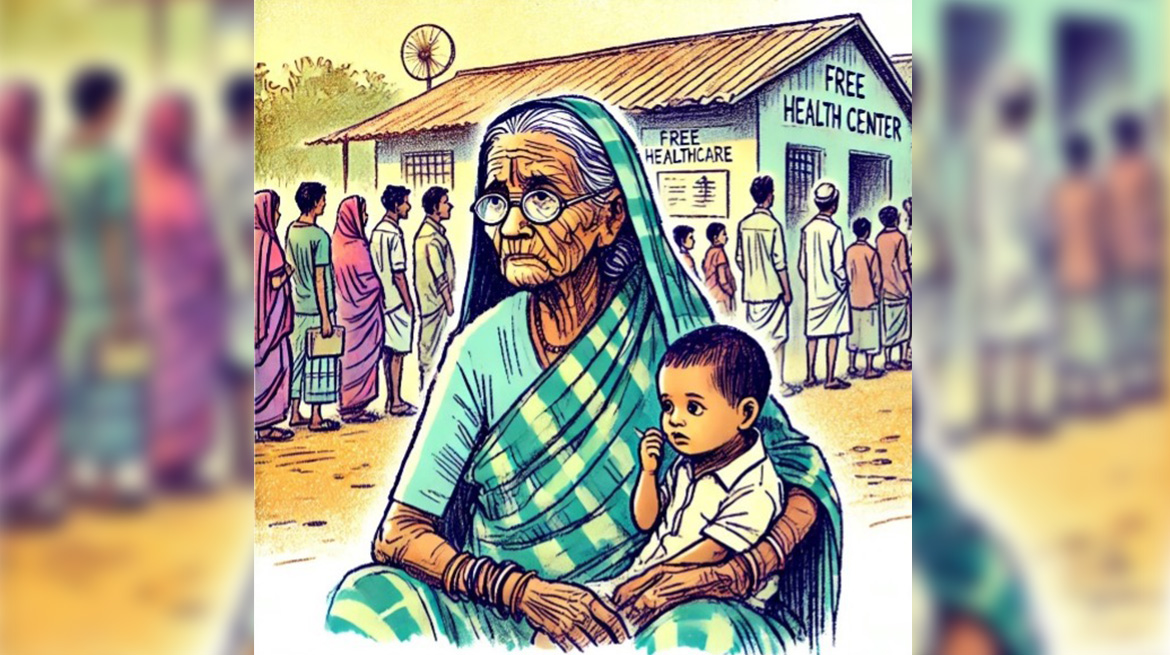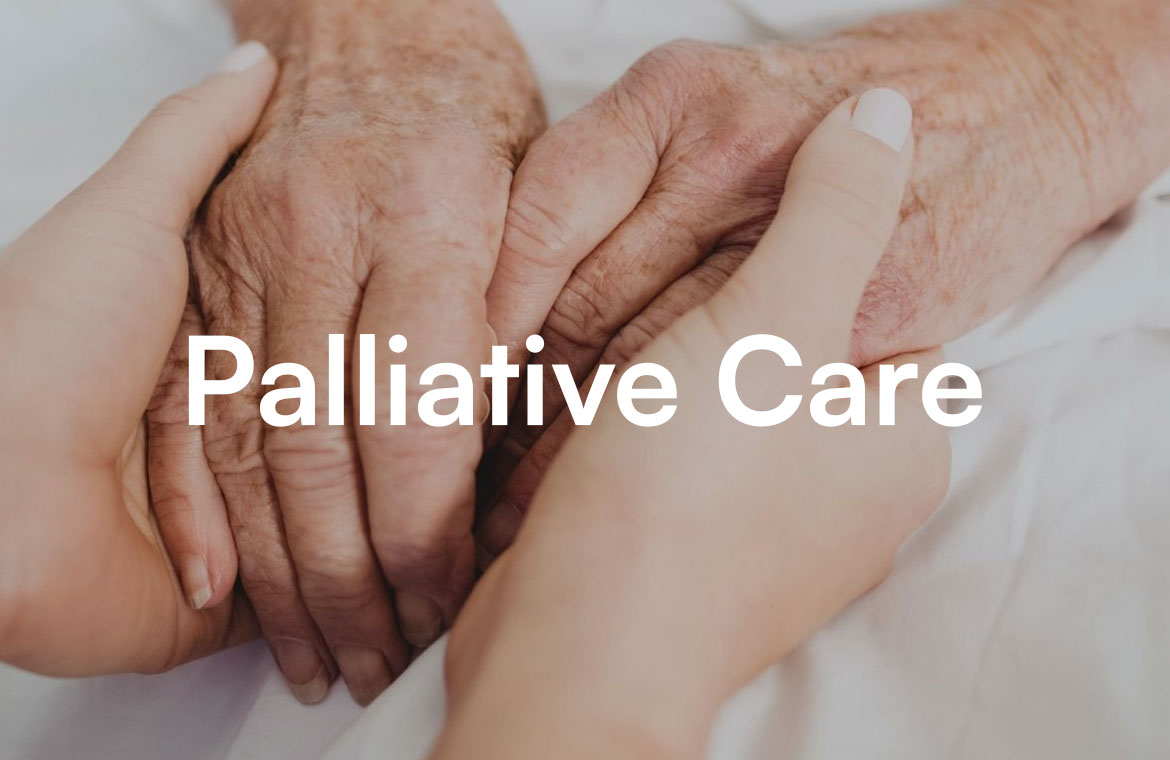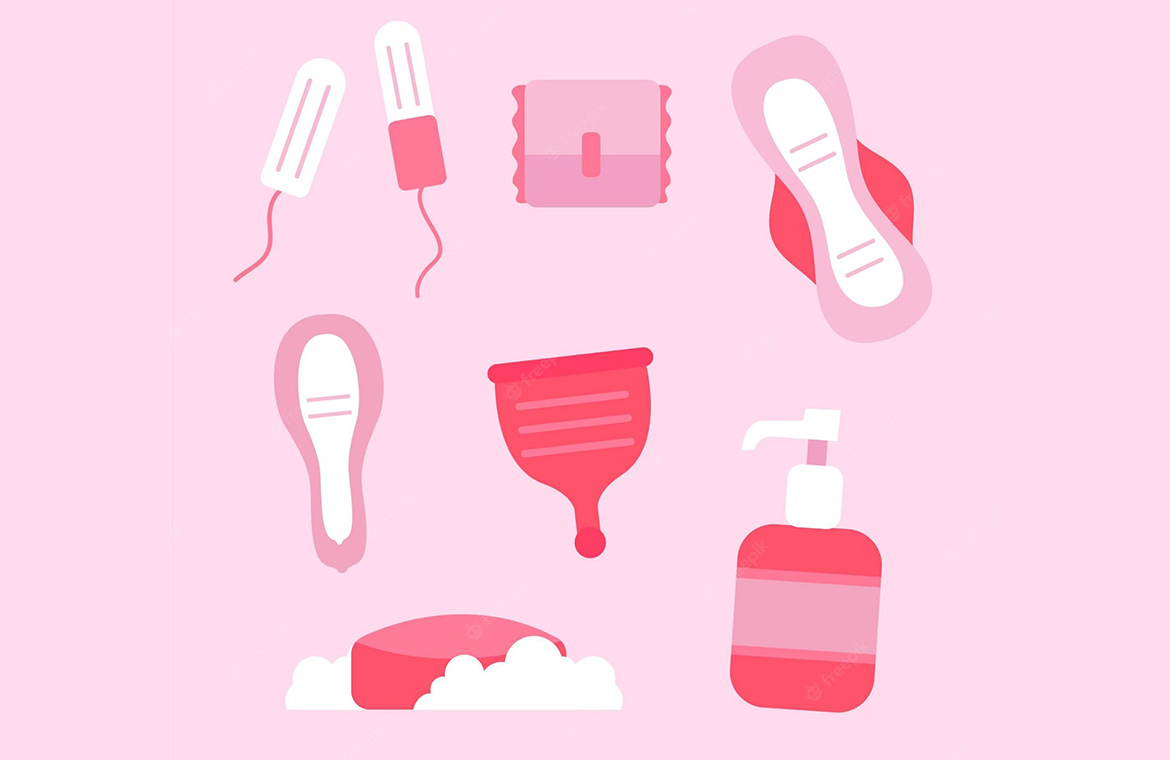Nothing in life is ever truly free — this has never been more true: A Story from Kaman PHC, Vasai
On a sweltering May afternoon last year at Kaman Primary Health Centre, Vasai—one of the Rural Health Training Centers under the Community Medicine Department of HBTMC & Dr. R. N. Cooper Hospital—a frail elderly woman, Sumati aaji, waited patiently with her grandson. She had traveled over 7-8 kilometers from her village, hoping to receive free treatment for her chronic arthritis. But with limited medicines available, she was forced to visit a private clinic, spending nearly half her monthly income on consultation and medicines. Hers is not an isolated case, which I had the eye-opening moment of witnessing; it was then that I truly realized that access to healthcare is not as easy or free as it appears on paper.
Thousands of rural families face similar financial distress, highlighting the urgent need to address out-of-pocket (OOP) healthcare costs in India.
The Hidden Cost of ‘Free’ Healthcare in Rural India
Healthcare in rural India remains a significant challenge, with many families struggling under the burden of OOP expenses. Primary Health Centers (PHCs) serve as the backbone of rural healthcare, yet they often cater to populations far beyond recommended norms. Overcrowding, staff shortages, and inadequate infrastructure lead to gaps in service delivery. Sub centers, meant to provide decentralized healthcare, frequently lack essential medicines, trained personnel, and diagnostic tools, forcing rural residents to seek expensive private healthcare services. As a result, families are often pushed into debt, poverty, or forced to forego necessary medical care altogether.
Why Are Rural Families Paying So Much for Healthcare?
Despite government efforts to provide free or subsidized healthcare, rural Indians still incur significant medical expenses due to:
- Overburdened PHCs:Long wait times and limited resources force patients to seek alternatives.
- Inadequate Sub centers:Many lack medicines, trained staff, and diagnostic capabilities.
- Dependence on Private Healthcare:In the absence of efficient public services, costly private options become the default.
- Limited Health Insurance Coverage:Many rural families remain unaware of or unable to access government health schemes.
The Financial Strain
For rural households, medical costs can be devastating, leading to:
- Asset liquidation or debt accumulation to cover expenses.
- Delayed healthcare-seeking behavior, worsening medical conditions.
- Long-term economic instability due to recurring healthcare costs.
Way Forward
To reduce OOP healthcare costs and ensure equitable access, critical policy measures include:
- Strengthening PHCs and Sub centerswith improved staffing, infrastructure, and resources.
- Increasing Awareness and Access to Health Insuranceto expand financial protection.
- Enhancing Healthcare financingthrough government-funded programs and subsidies.
- Leveraging Telemedicineto bridge gaps in healthcare delivery, reducing travel and associated costs.
Conclusion
The issue of OOP healthcare expenses in rural India is a pressing concern that demands immediate policy intervention. Strengthening rural healthcare infrastructure, expanding financial protection mechanisms, and enhancing public awareness can ensure that no family has to choose between health and financial stability. By addressing these gaps, we can work towards a more inclusive and sustainable healthcare system for India’s rural population.





Great writing 🙂